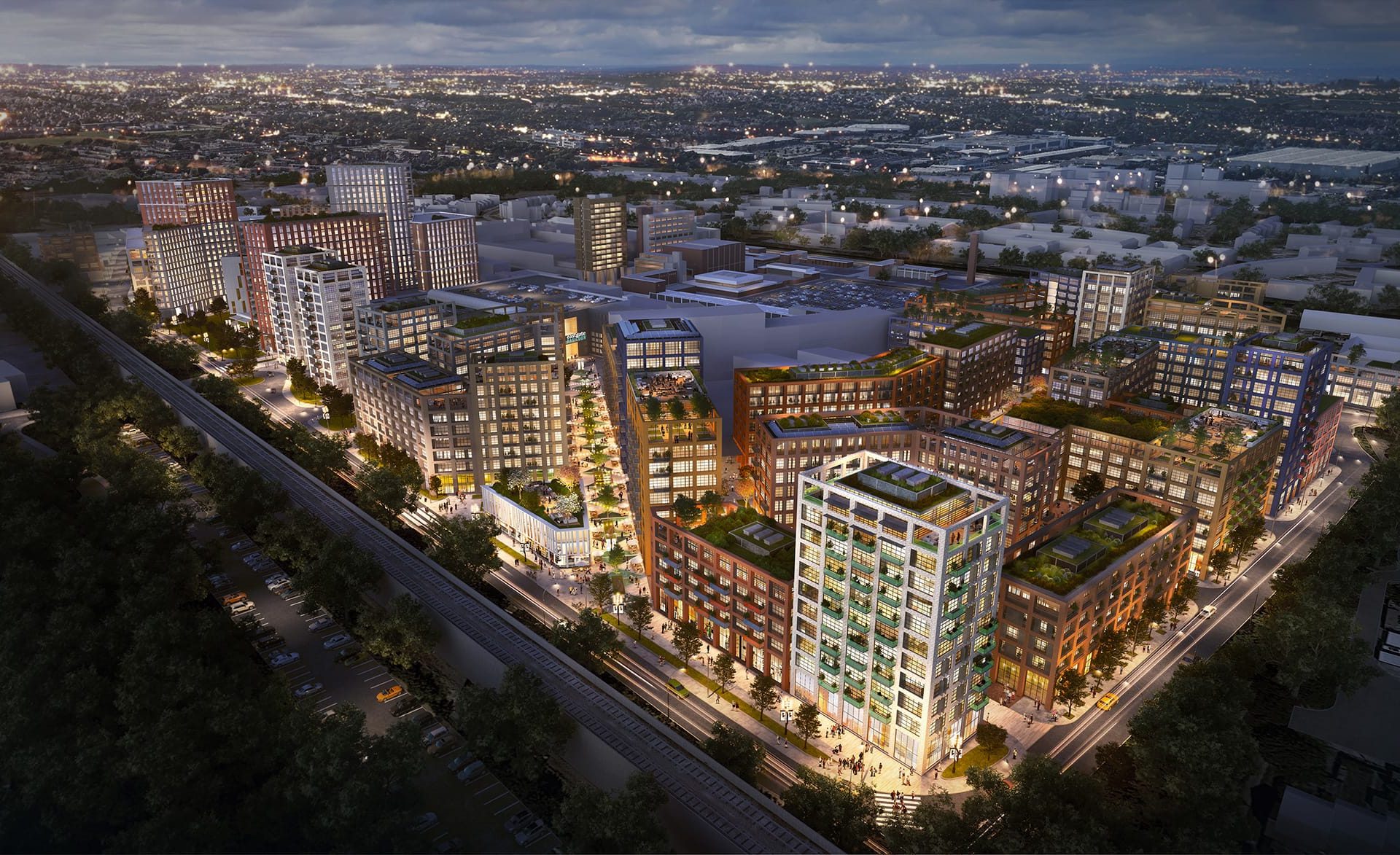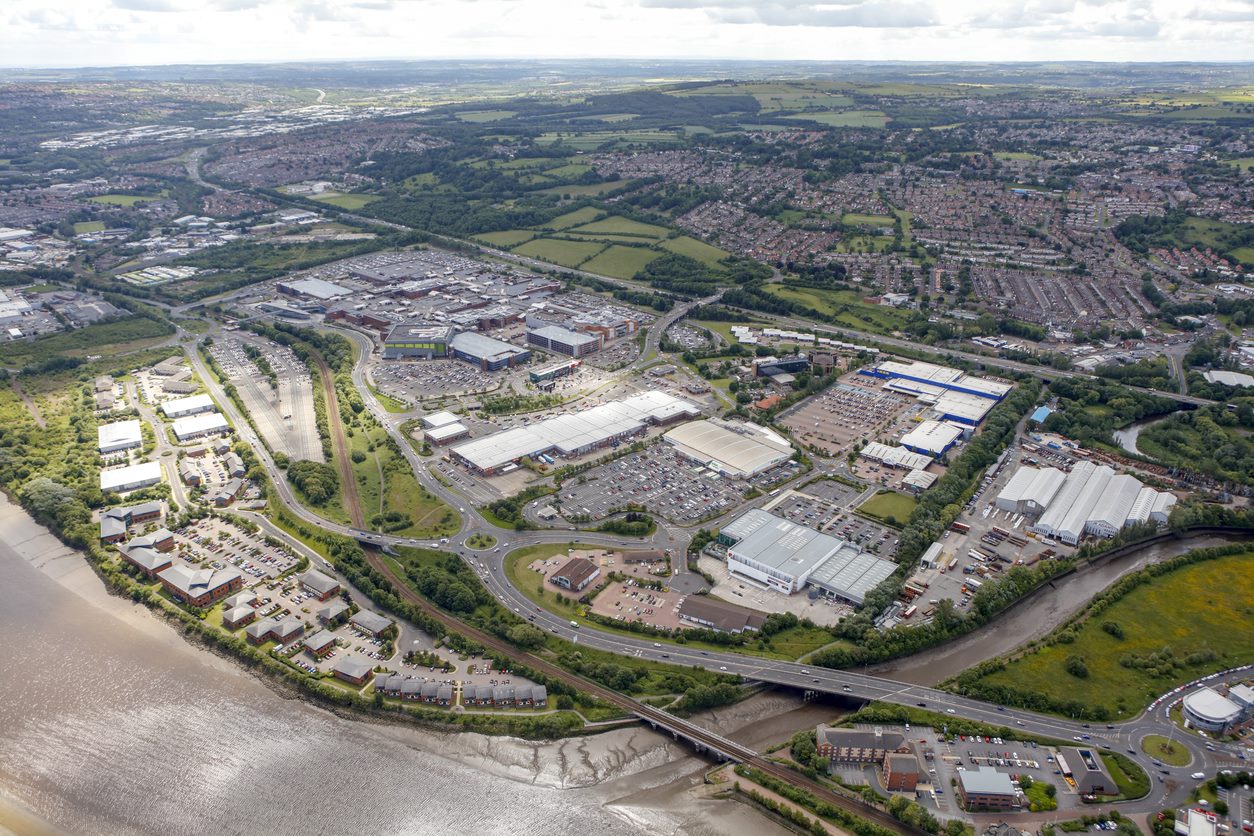Reinventing Retail Space - The Rise Of Our Shopping Centres – By Paul Miller
29th January 2021
Even before the start of the first Covid lockdown, the retail landscape had been undergoing significant structural change.
The increase of online purchases, together with shifts in consumer values and spending habits had exposed an oversupply of physical retail space.
When you consider the impact that the Pandemic has had on increased internet purchases and the continued operational challenges incurred by physical stores, it cannot be denied that the retail marketplace has now reached a tipping point.
Whilst many commentators talk about the issues, few seek to understand how tangible ideas to move the marketplace forward can be implemented in overcoming current retail challenges. So, what does the future of the shopping centre look like?
Many retail brands will continue to seek productivity gains as the inflationary cost of staffing continues to rise. In also wanting to rebalance fixed costs in terms of rents and business rates, the demand for space in its current guise will also remain challenging for landlords who are having to accept shorter and more flexible occupier lease terms.
In addition, the dated way in which shops are valued and the terminology around the Landlord and Tenant Act, now bears no resemblance to the current property rental climate.
This is evident in the amount of recent business failures amongst store operators and landlords, resulting in diminishing investment values throughout many shopping centres and retail parks that remain trading.
It is now a question of retail centres having to reinvent themselves by bringing back to life the excess space created by disappearing shopping brands, whilst repurposing these locations with creative thinking.
Asset and Development Management firm Sovereign Centros are currently working with several retail centres on behalf of landlords, financial institutions, and retail occupiers.
Current examples in the redesign and repurposing of these centres has resulted in planning applications being worked up in locations such as Eastgate in Basildon and major refurbishment activity at St Enoch in Glasgow.
The challenges have centred around how best to reinvent these dated centres into mixed shopping and leisure destinations, whilst also adding supporting residential and lifestyle focused co-working space. This new mixed-use form, together with large public realm areas, is being created to drive additional consumer activity and wellbeing that can help generate an improved and more vibrant footfall.
Eastgate, Basildon
Eastgate Shopping Centre in Basildon, which when constructed was the largest covered shopping destination in Europe, has suffered over the years due to increased competition from modern regional centres, out of town parks and the demise of several significant retail brands.
Working alongside its investors, Sovereign Centros has recently submitted an outline planning application with the primary aim to re-purpose both the centre and immediate surrounding areas to include the introduction of 2,800 homes, the alteration of the primary retail pitch and a repurposing of an existing Debenhams unit.
Collectively these redevelopment proposals have been designed to attract improved community and cultural facilities and in addition, provide homes within a renewed and vibrant shopping and leisure location.
This will then support a necessary reduction in retail floorspace, whilst introducing an adjacent shopping and leisure environment much more suitable in terms of occupier mix, retail consumer offer and become more in tune with a post-Covid world.
St Enoch, Glasgow
In a similar vein, a large-scale retail and leisure re-purposing project has been underway at the St Enoch centre in Glasgow. With a significant number of annual visitors this shopping centre is one of the most attended shopping environments in the UK.
A major repurposing programme carried out throughout 2019 & 2020 has resulted in the former BHS unit having been transformed into a ‘state-of-the-art’ VUE cinema with nine new screens and additional restaurant units, the majority of which have been let and are expected to open sometime this year.
Complementing these works has been a focus on introducing new local Glasgow based retail brands to the centre, in addition to community services such as dentists, blood donor clinics and pet grooming studios.
Whilst the national retail brands will always attract strong footfall, a requirement to introduce local incubator hubs that can attract new and local entrants, will only help widen the shopping environments customer appeal.
In addition to the introduction of new business models, it has also been important to work closely with the existing retailers to recognise their own trading concerns during the global Pandemic. Revised leasing terms that have helped create improved financial and occupational certainty for both occupiers and landlord has been a key consideration for Sovereign Centros in supporting the centres future aspirations.
And finally, studies have also been carried out into how to introduce office and co-working space within the existing floorspace. The potential to create these working environments for up to 2,000 office employees looks to add a further dimension to the centre by creating an increased and a more consistent footfall throughout the day.
By introducing new retail ideas, consumer, and workplace facilities, and supporting new local entrants to the centre, Sovereign Centros is seeking to ensure that St Enoch can create a compelling platform for both national and local operators – thereby creating a community hub environment.
The challenge continually remains to develop a centre where people love to shop, work, eat and socialise thereby maintaining its status as one of the leading Scottish shopping centre locations.
Summary
What these two examples show is how the demise of the traditional shopping centre is far from becoming a reality. By creative retail thinking, working closely with retail brands, as well as introducing alternative and profitable uses around much-needed housing needs, plus the creation of new and flexible co-working spaces, can collectively help to reinvent these major centres.
Designing and delivering such environments in support of a wide range of complementary uses, whilst increasing footfall that can be spread over a longer period of the day, will not only encourage new retail and leisure entrants, but also start to encourage the investment market returning to shopping centre assets. It is even more important now that these locations are able to support a much more varied and mixed-use retail, leisure, and residential offer thereby being compelling and attractive for a different form of consumer than originally catered for.
As published in the Revo LSH research report titled ‘What next for our towns and shopping centres’ (January 21), our high streets and centres have a vital role to play in the country’s economic recovery. Successful centres will be those that help to promote health and wellbeing, tackle deprivation and provide attractive uses where people of all ages want to meet, to live and to enjoy.
Centres such as those in Basildon and Glasgow are not easy projects to deliver and demand the time and investment of many stakeholders. Sovereign Centros has proved that with careful planning and creative thinking, many retail centres do have a second chance and will rise again.
